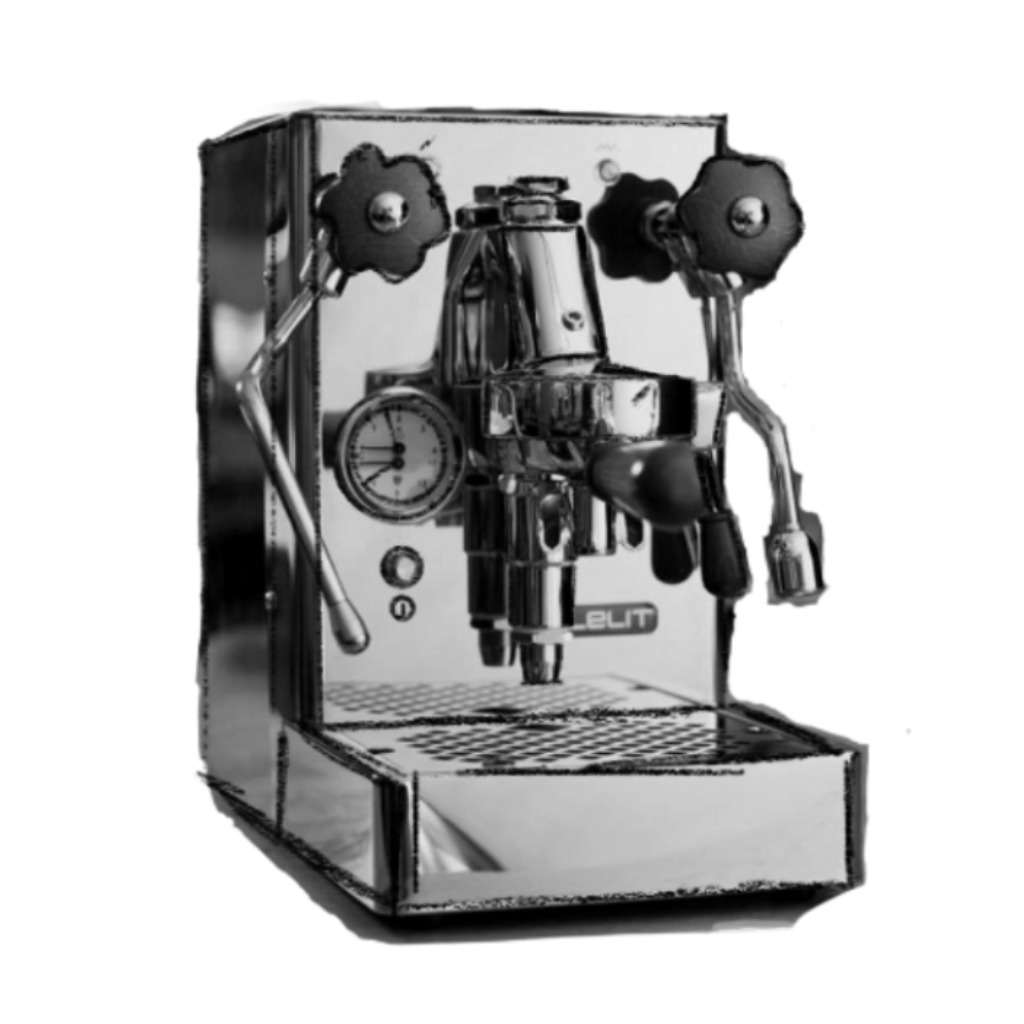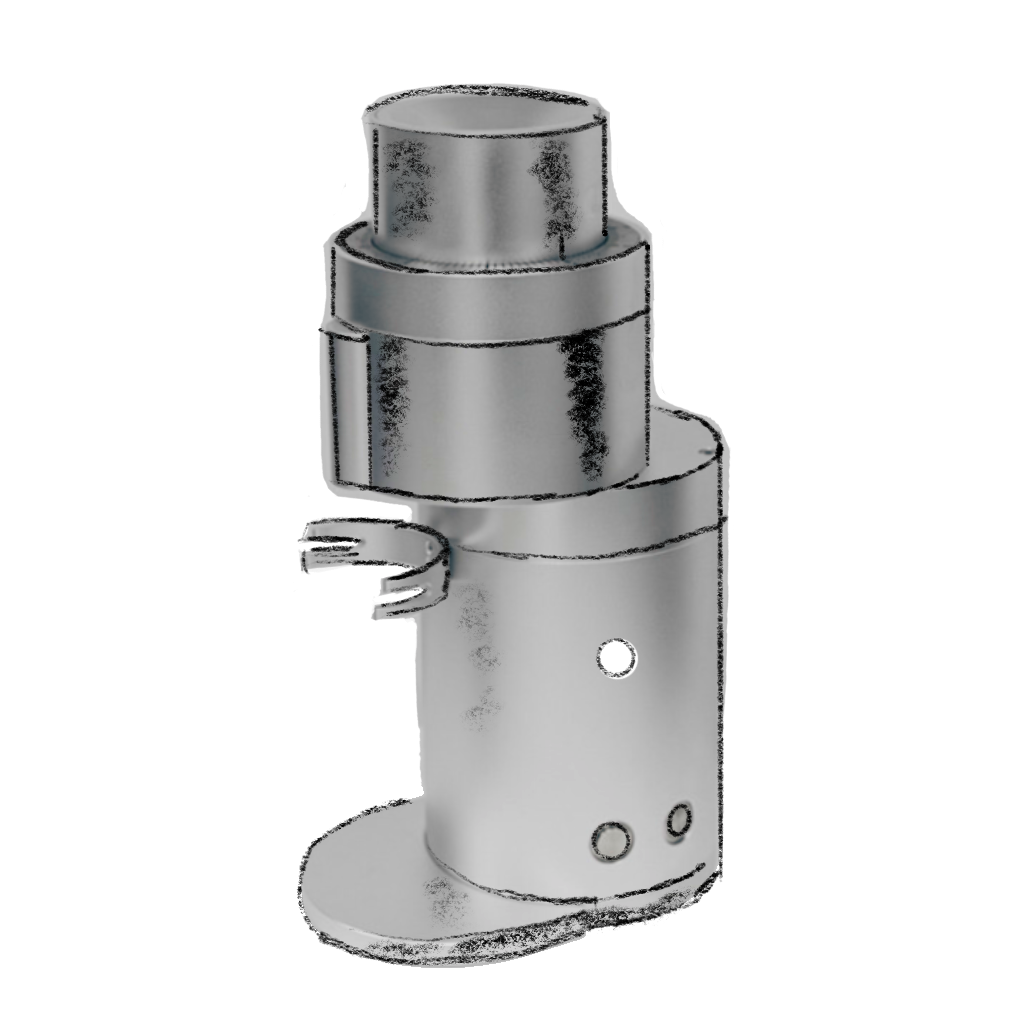Comparison: Niche Zero vs DF64 Gen 2 (Updated: 2025)


Introduction
When looking for affordable endgame grinders, the Niche Zero and DF64 almost always come to mind. Although ‘endgame’ and ‘affordable’ used to be oxymorons, these days, you don’t need to spend $1000+ to get a high-quality, easy-to-use grinder that makes quality espresso shot after shot.
While there are dozens and hundreds of grinders on the market, the $300-700 is where the home grinder bell curve peaks, with offerings from Eureka, Baratza, Varia, Timemore, and more. But when it comes to high-value and highly respected single-dose grinders, the Niche Zero and DF64 have proven their mettle as two of the go-to options.
In this grinder comparison, we’ll compare and contrast the Niche Zero and DF64 across five categories ranging from build and design to burrset and grind.
Let’s get grinding!
Table of Contents
Build and Design

Dosing
Both the Niche Zero and DF64 are single-dose grinders. Single-dosers are meant to only load one dose of coffee at a time and prioritize low retention and flexibility over the ease of use of hopper-style grinders.
These two grinders both have 50-gram hopper capacities, making it more than enough for a double shot of espresso. While the Niche Zero has a wider opening with a plastic flip-lid, the DF64 uses a more vertically designed chamber with a simple metal disc lid.
Design
Although the Niche and DF64 are both single-dose grinders, their shared design stops there. These two options are on the opposite side of the spectrum when it comes to design and finish.
The Niche Zero has often been revered as the “Apple of espresso grinders”…okay that may go a little far, but it’s clear how much design and intention went into the Niche. With a contemporary design, the niche is full of aesthetically pleasing curves and organic influences. The Niche uses a tactile toggle switch to activate the grinder and matches the included catch cup.
The DF64 was obviously designed to prioritize function over form. Although it is not ugly, it is far from an inspired design. A large cylindrical body houses the motor and grind chamber and is topped by the adjustment dial. The DF64 has a simple-to-use push power button to toggle the grinder, and the newest generation (Gen 2) has moved the button to an offset position, about 45° from the center.
Color & Material
Both grinders are offered in simple black-and-white design options. The Niche accents both options with a real oak catch cup base and feet. The DF64 Gen 2 also comes with a wood lid, but the quality and type are not specified.
The Niche’s outer body is gloss plastic and full of accents such as the Niche brand badge on the front and center. If you like the contemporary plastic gloss design, the Niche is a winner in this department.
The DF64, on the other hand, has a simple yet effective machined aluminum body with a powder-coated finish for the black option and a more gloss finish for white.
Size & Weight
Both grinders are relatively compact compared to their hopper-style alternatives. The DF64 is slightly larger all around, but only by a centimeter or two. The DF64 measures approximately 13x25x34 cm WxDxH (with bellows) to the 12x21x31 cm WxDxH of the Niche Zero.
The DF64 also weights slightly more at 6.8kg (15lb) compared to the 4.1kg (9lb) of the Niche Zero.
Sound
Neither of the grinders is the quietest, and both output relatively similar levels of noise. Without beans, both grinders run around 72-74 decibels and jump to about 82-85 decibels with coffee in them.
Burrset and Grind

Burr Style
The Niche Zero and DF64 diverge when looking inside, to the internal burrs. The Niche Zero uses conical burrs to the DF64’s flat burrs.
Conical Burrs (especially those on the Niche) are known to give a more well-rounded flavor that is full of rich texture. While both conical burrs and flat burrs can produce a wide range of flavors, the Niche Zero is known to pair well with a rich espresso in a milk drink like a latte.
Conical burrs are cone-shaped (hence conical), with a larger outer burr sitting atop a smaller inner burr. As the grind is adjusted finer, the burrs move closer together, with the outer burr moving down and around the smaller inner burr.
The DF64, on the other hand, uses flat burrs. Flat burrs are known to give more clear flavors (meaning you can discern the individual flavors of the coffee) as a result of a more uniform grind size. Flat burrs have two equally sized burrs that move further or closer together depending on the adjustment.
Burr Size
Both grinders use similarly sized burrs, with the Niche using 63mm burrs, to the DF64’s 64mm flat burrs (hence the name). Both of the DF64’s burrs have a 64mm diameter, while the Niche’s 63mm design is attributed to the larger outer burr.
Burr Material & Swappable Burrsets
The Niche Zero and DF64 both come with hardened steel burrs as the stock option. The Niche Zero uses the Mazzer branded burrs, while the DF64 uses a similar quality Italmil.
Perhaps the biggest draw of the DF64 is the ability to swap the burrset to a variety of other 64mm burrs, including the Diamond-Like-Coating burrs and the highly regarded Sung Sim Precision (SSP) burrs. These options give you a high level of control over the grind and the resulting flavor.
Retention
Both grinders are designed for low retention and often only retain 0.1-gram to 0.25-grams of coffee in the grind chamber. The DF64 Gen 2 has a slight edge, with the bellows included to blow air through the system, dislodging any grinds that may have gotten stuck.
Grind RPM
The Niche Zero uses a much slower spinning burrset, rotating the 63mm conical burrs at 330 RPM. Combining conical burrs with a slow spin means that the Niche makes very few ‘fines’ (extremely fine particles that can impact extraction) and produces a reliable brew.
The DF64, on the other hand, spins its 64mm flat burrs much faster, at close to 1400 RPM.
Adjustment and Grind Range

Adjustment Mechanism
The Niche Zero and DF64 both use stepless adjustment mechanisms. Stepless adjustment means that the burrs can be adjusted closer together or further apart on a continuum. Stepless adjustment is one of the biggest factors to look for in a grinder, as it makes dialing in your espresso to that perfect setting much easier.
Grind Range
Both of these options are capable of grinding a full range, from pour-over and French press all the way to espresso. The stepless adjustment allows the grinders to move the burrs far enough apart to create many large grinds for the alternate brew methods - and, of course - close enough for espresso.
Adjustment Collar
Similarly, both grinders use adjustment collars to adjust the grind size across the spectrum. But while the DF64 uses an external adjustment collar, the Niche Zero’s adjustment collar is under the anti-popcorning lid.
The adjustment is another area where the Niche Zero shines, with clearly marked grind settings and a simple-to-use alignment mechanism. The DF64 has marked for grind ranges but has a less intuitive metal indicator dial that can be shifted and moved, causing some confusion when zeroing the unit.
Pricing and Availability
In 2024, the USD retails for £449.00 on the NicheCoffeeUK website, equivalent to ~$575. The DF64 comes in a much lower $399 for the recent Gen 2 and is available at multiple vendors, including Turin Grinders.
Given the relative comparability of the DF64 for a much more affordable price, the DF64 often has a 4-8-week lead time through all vendors. Niche has refined its production quite a bit since its initial launch and currently ships the Niche Zero within 7 days.
Which Should You Buy
If you value a beautiful, highly refined product, the Niche Zero is the pick for you. The Niche revolutionized the single-dosing market and has proven itself to be worth the cost to baristas who value workflow, design, and overall user experience.
But if you are more interested in overall grind quality and value for the price, then the DF64 is a better option. The DF64 has come into its own over the past five iterations, and the newest Gen 2 model is an incredible grinder for the price.

